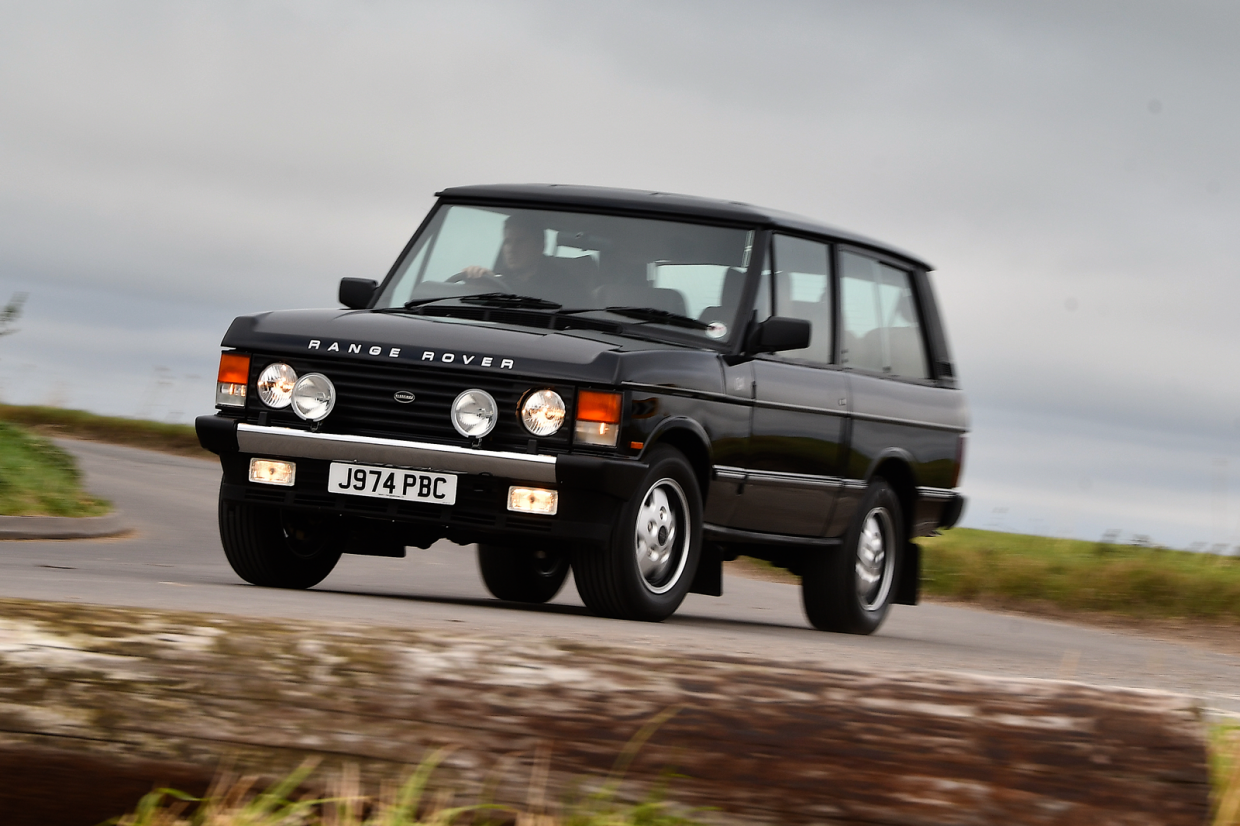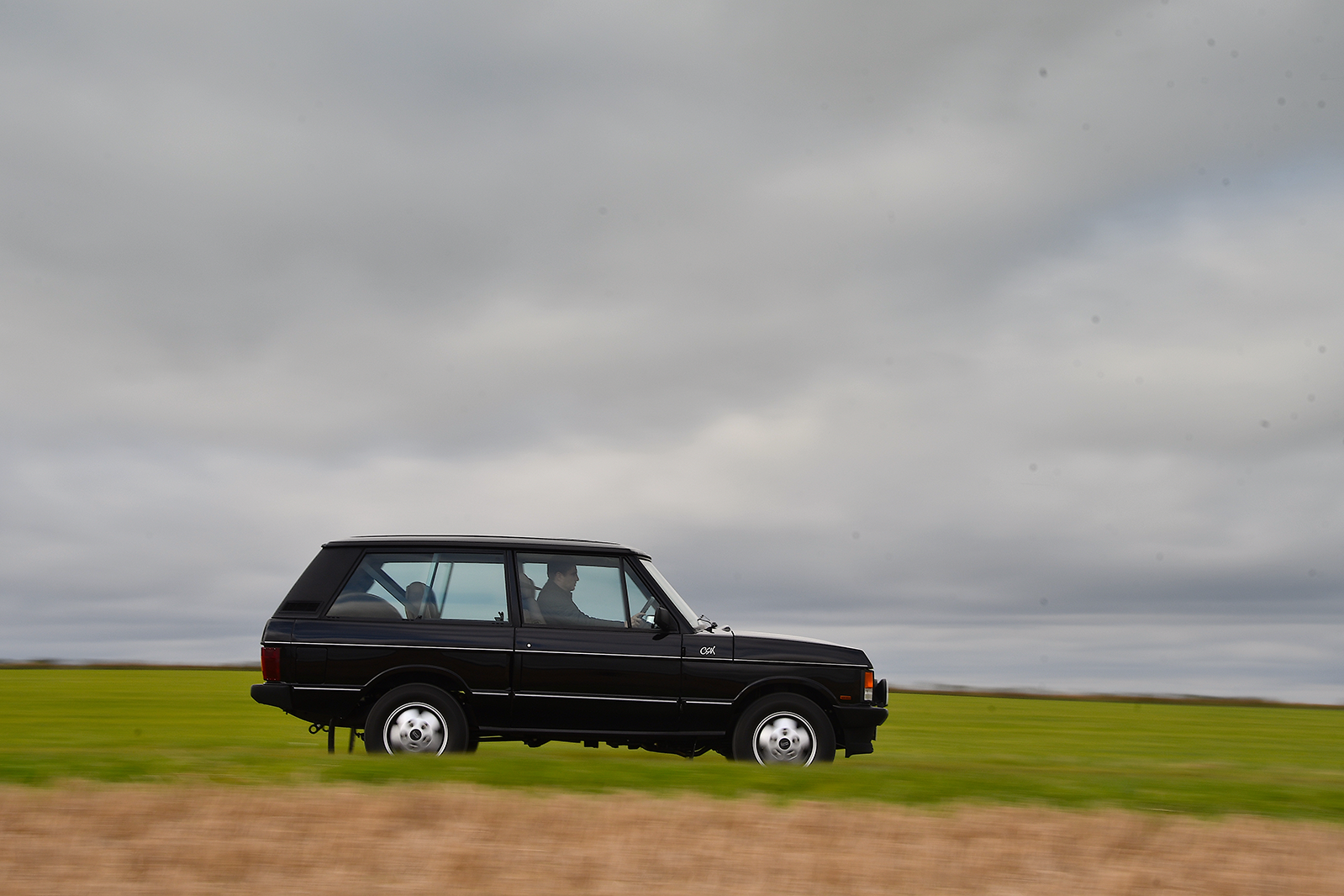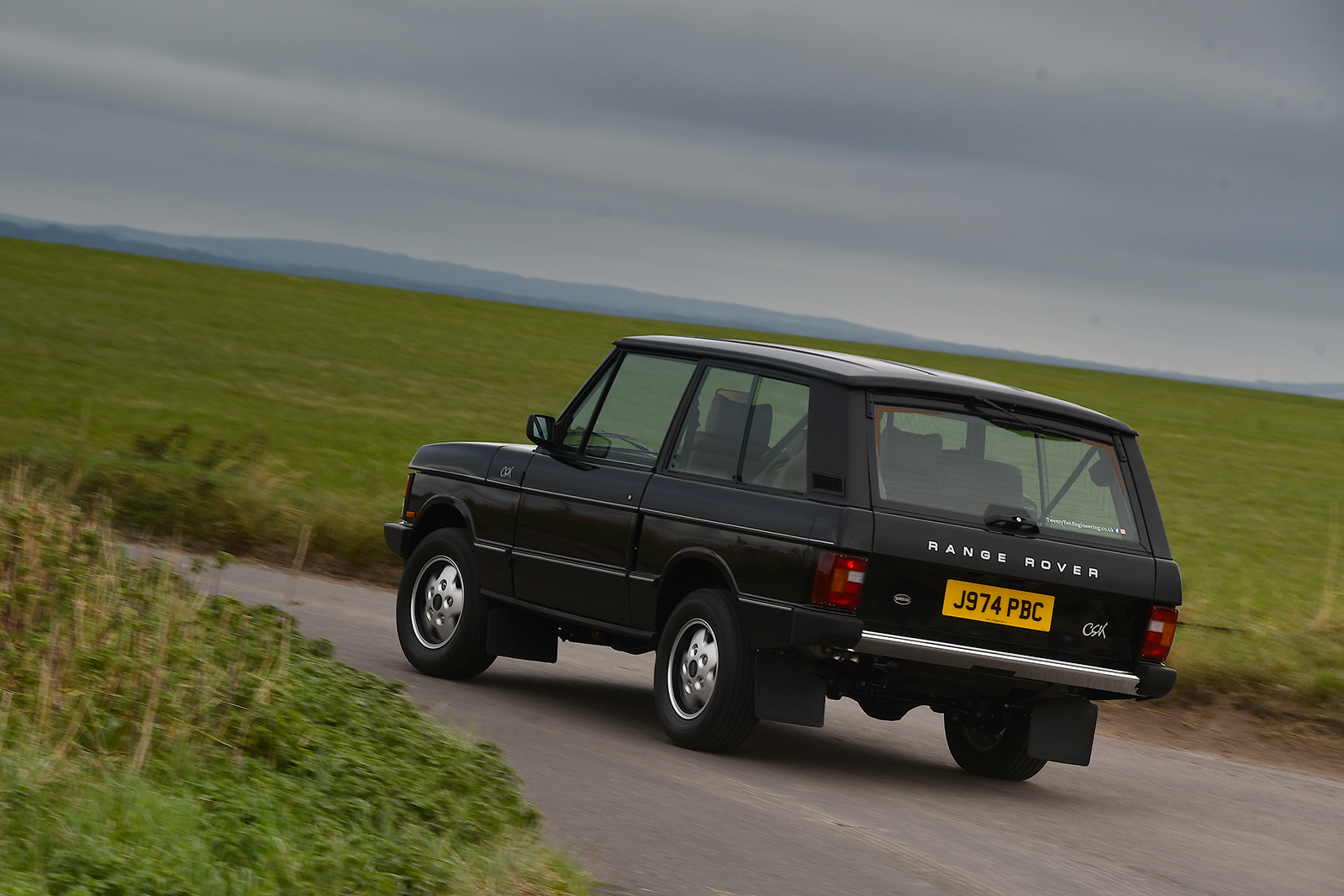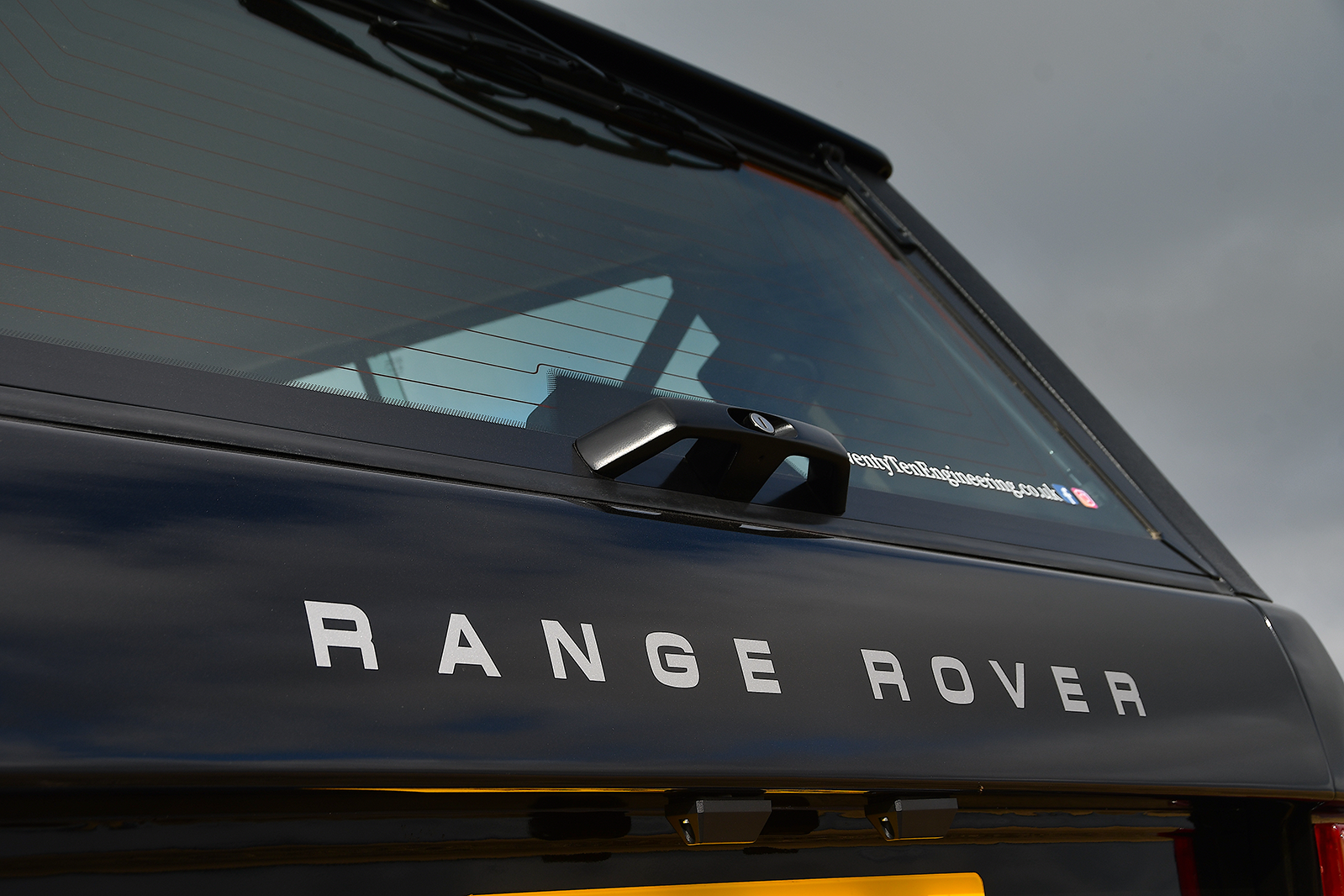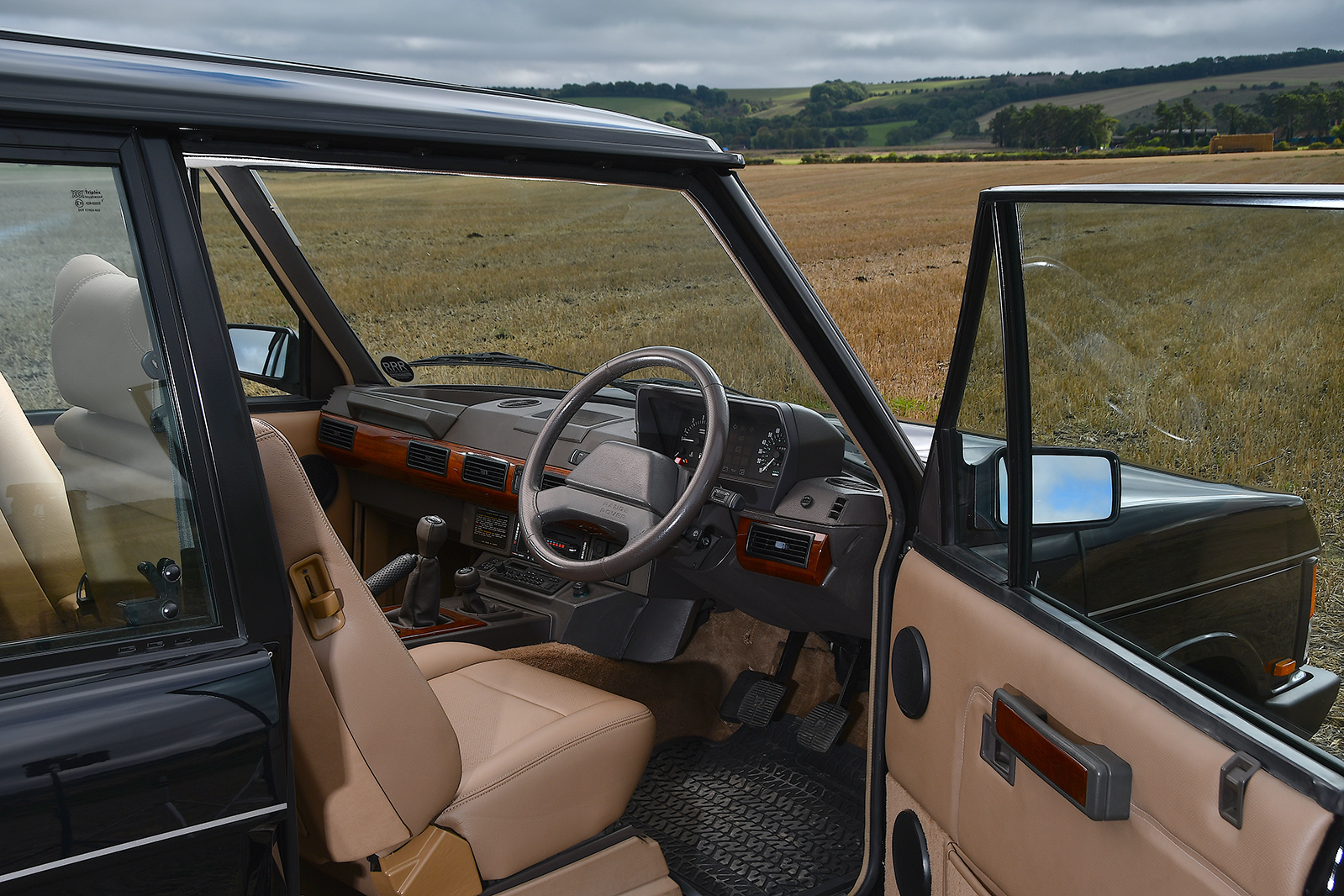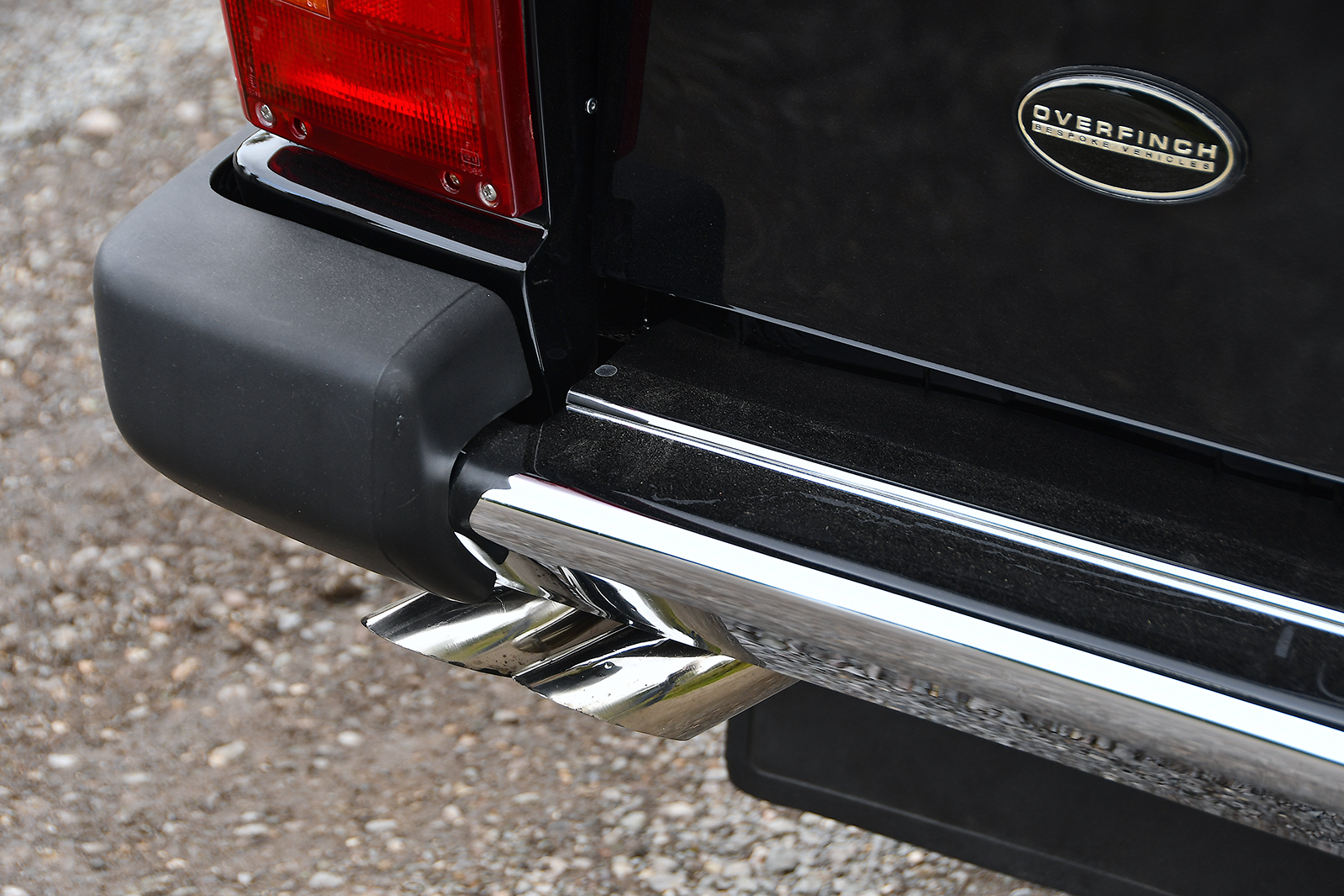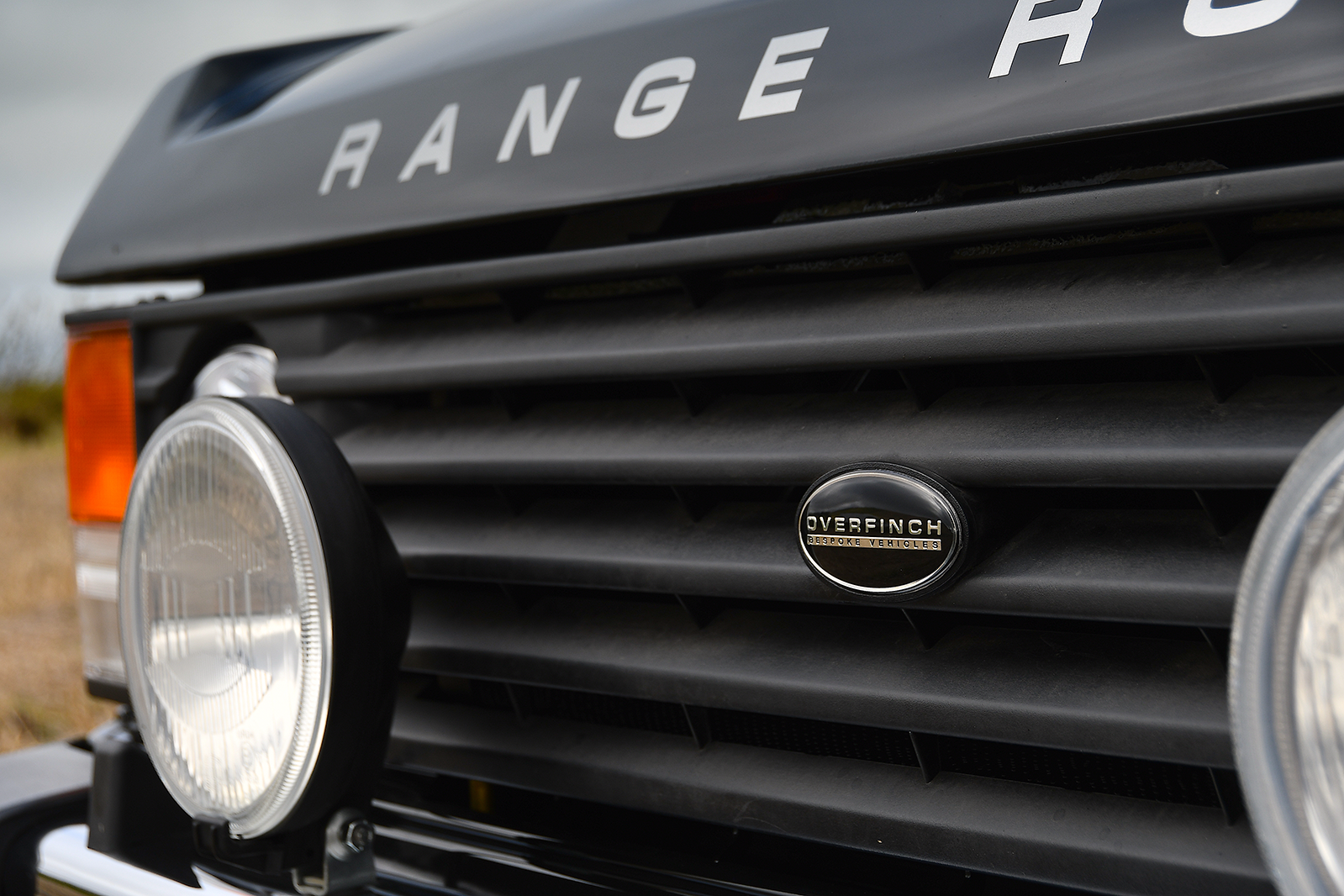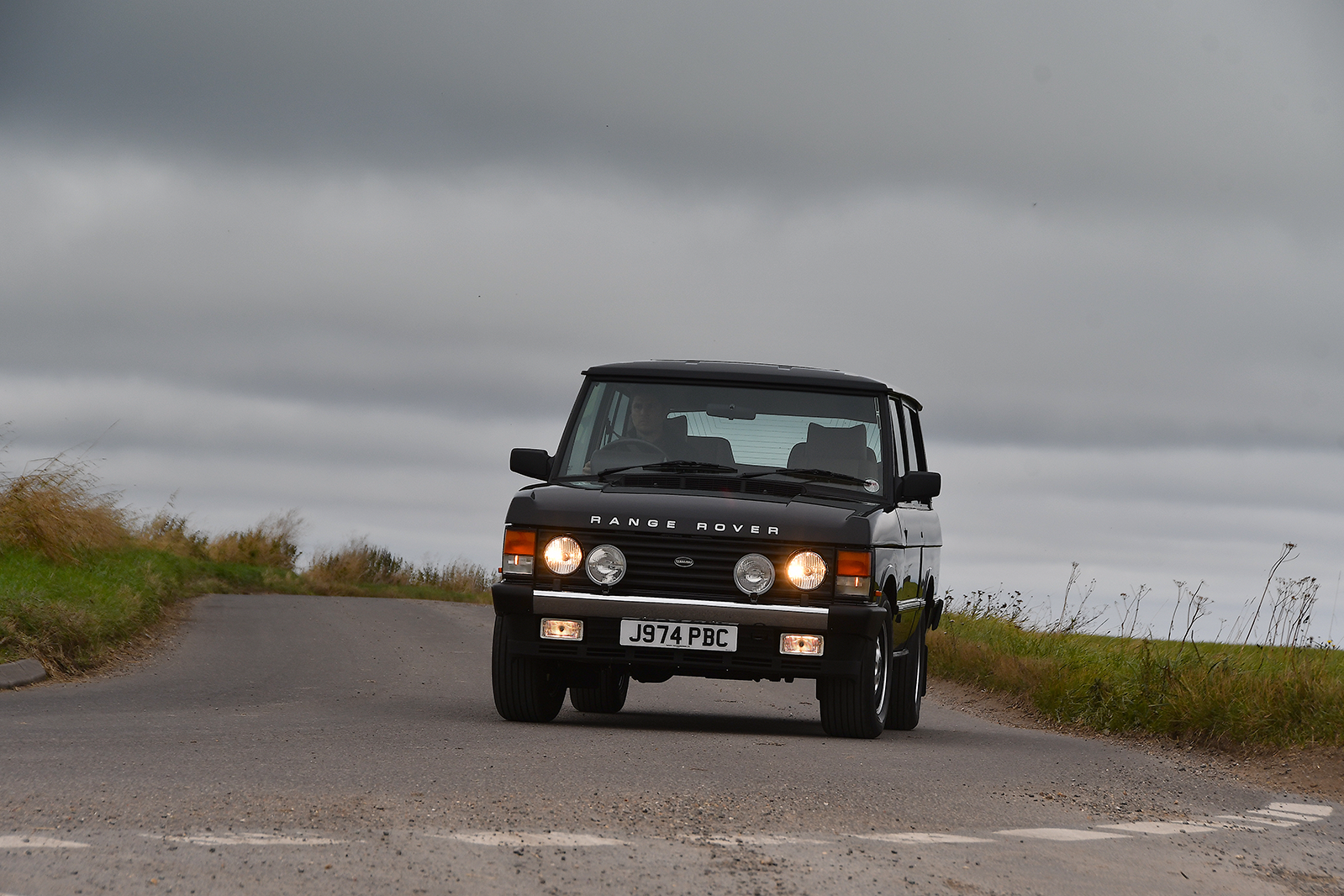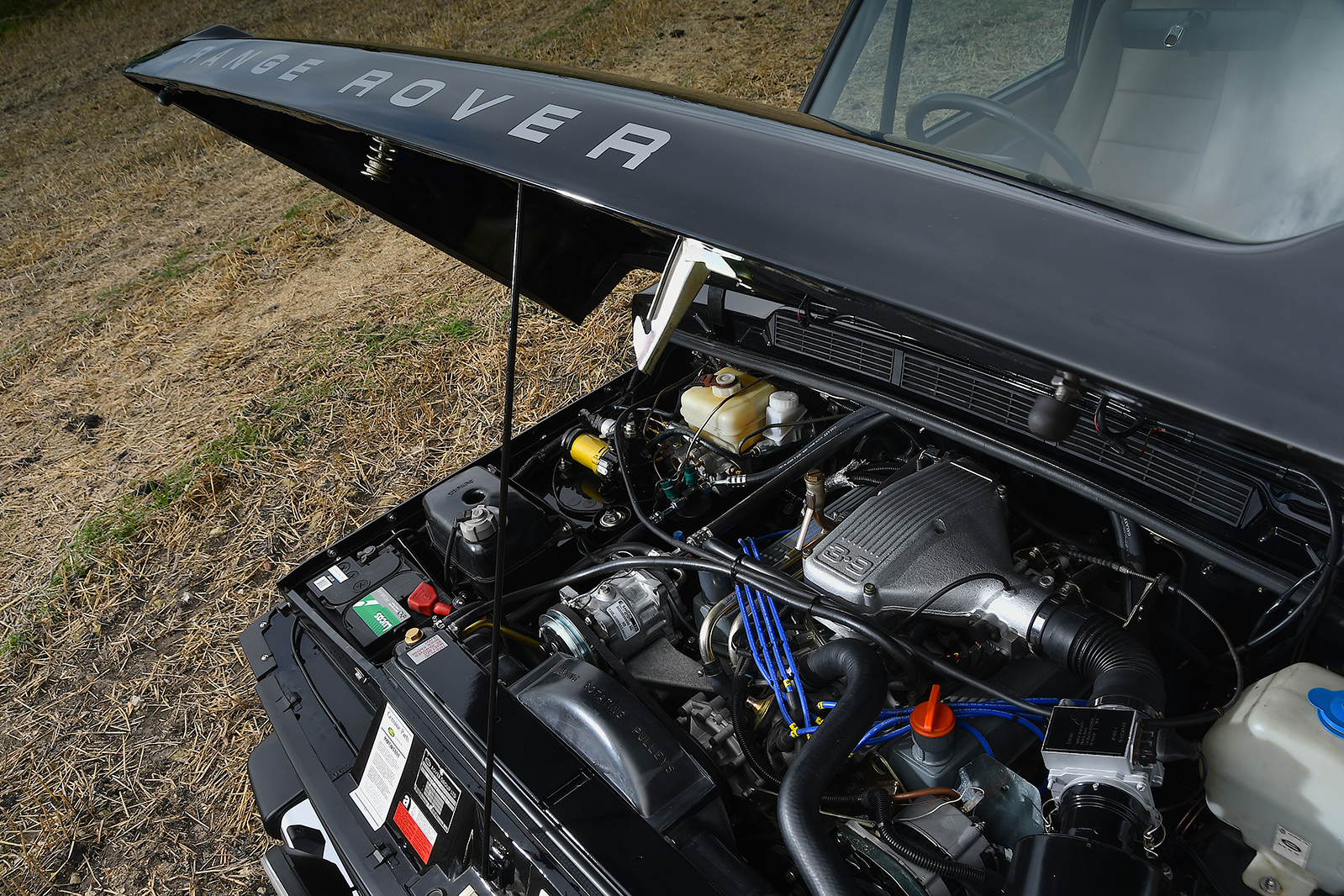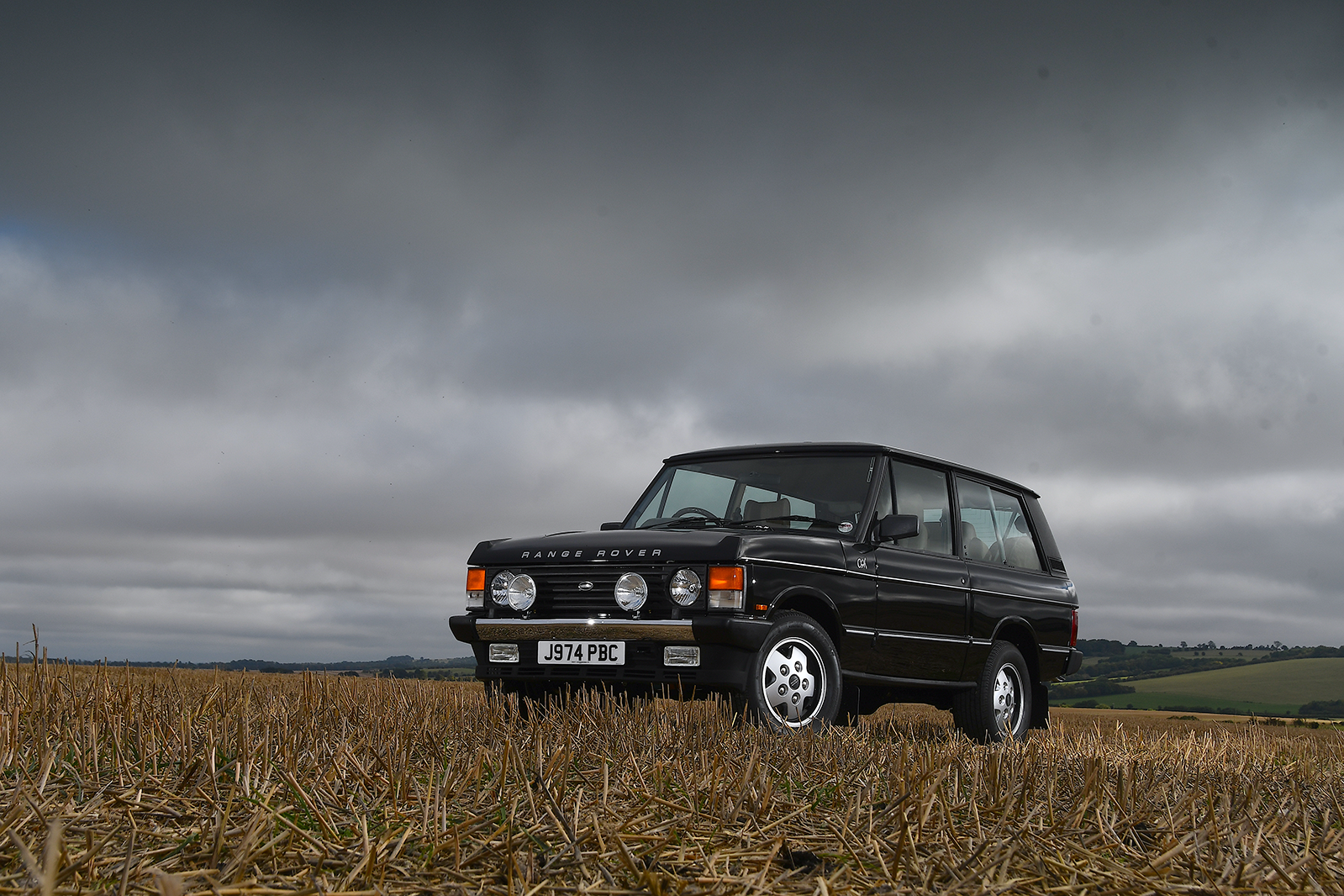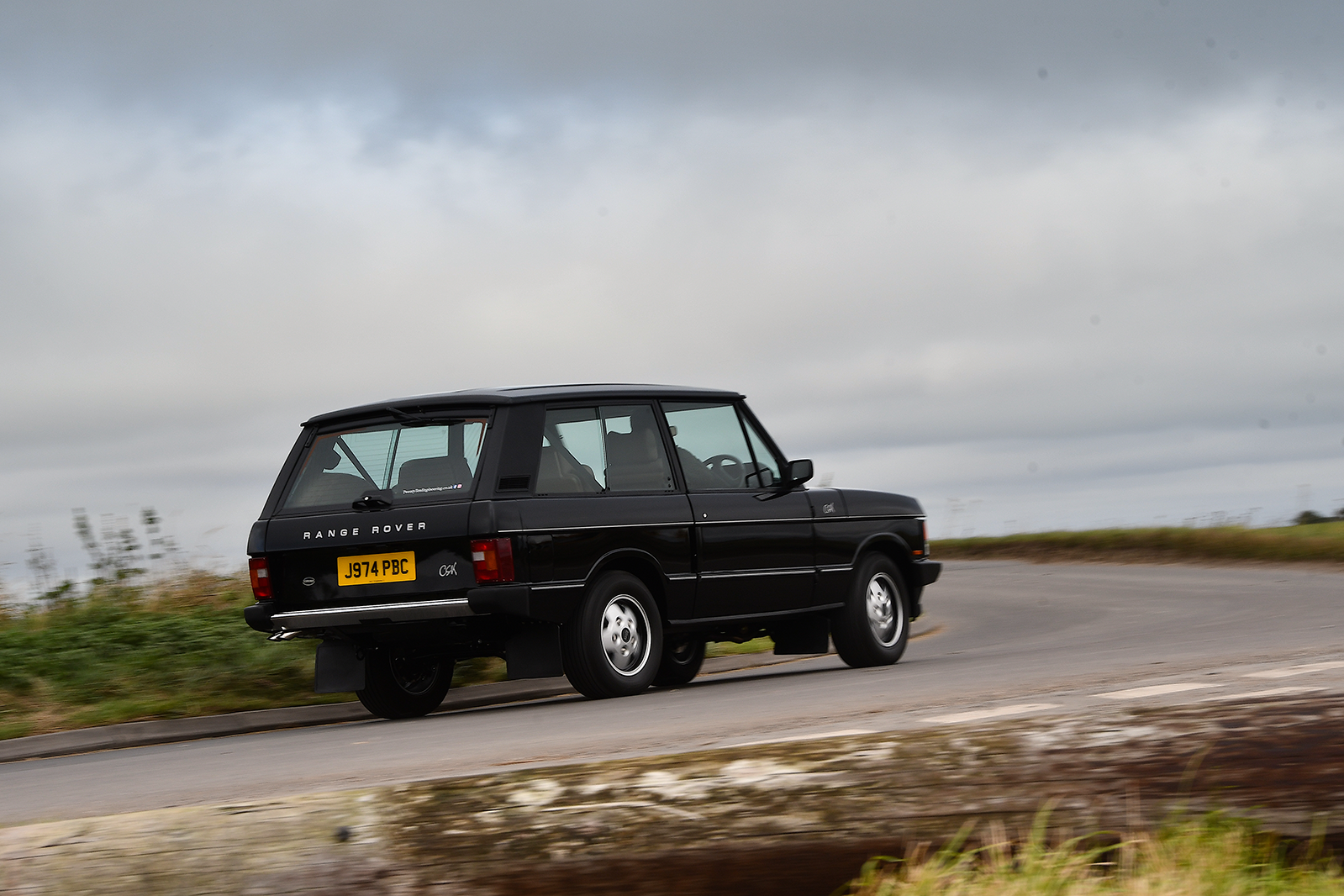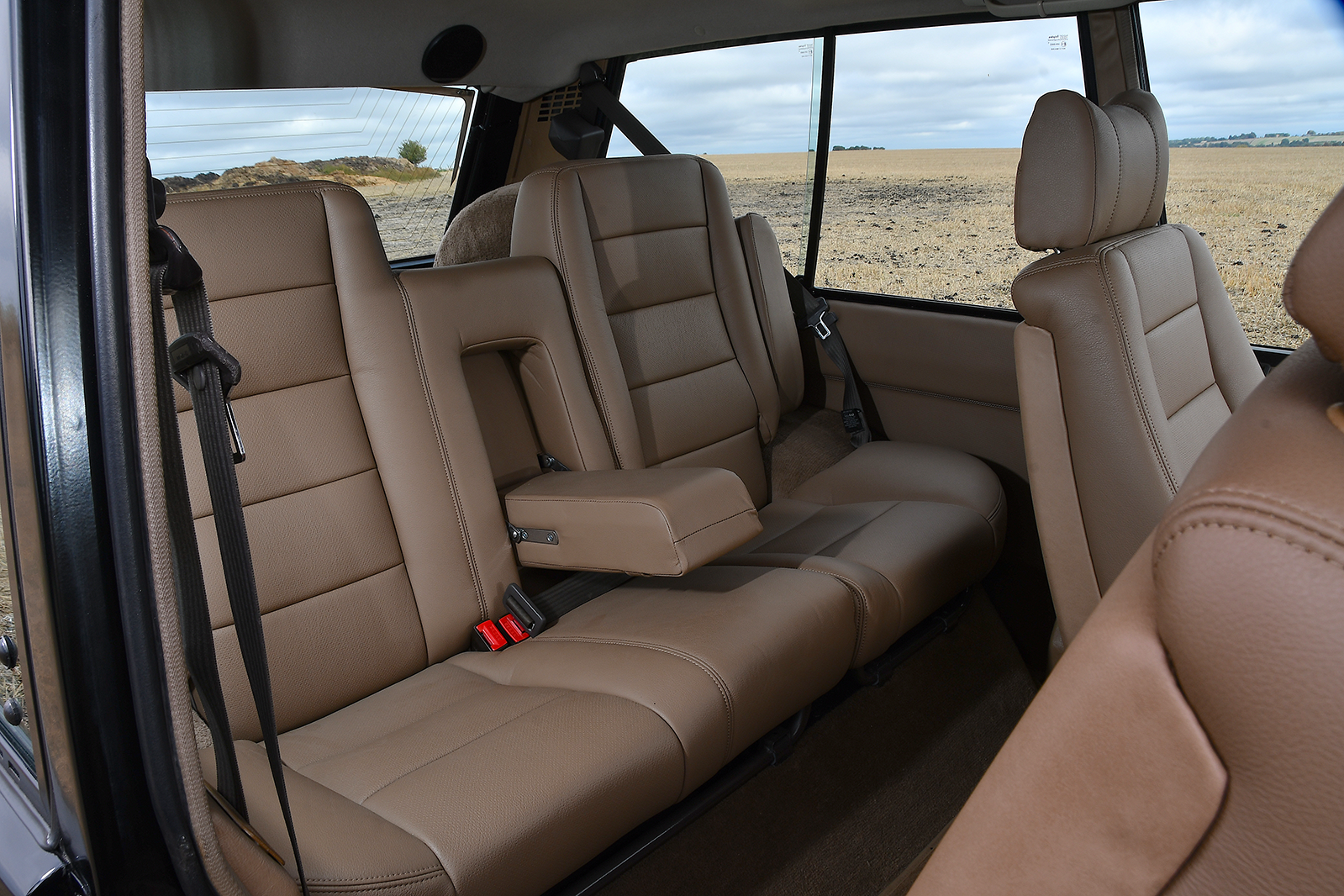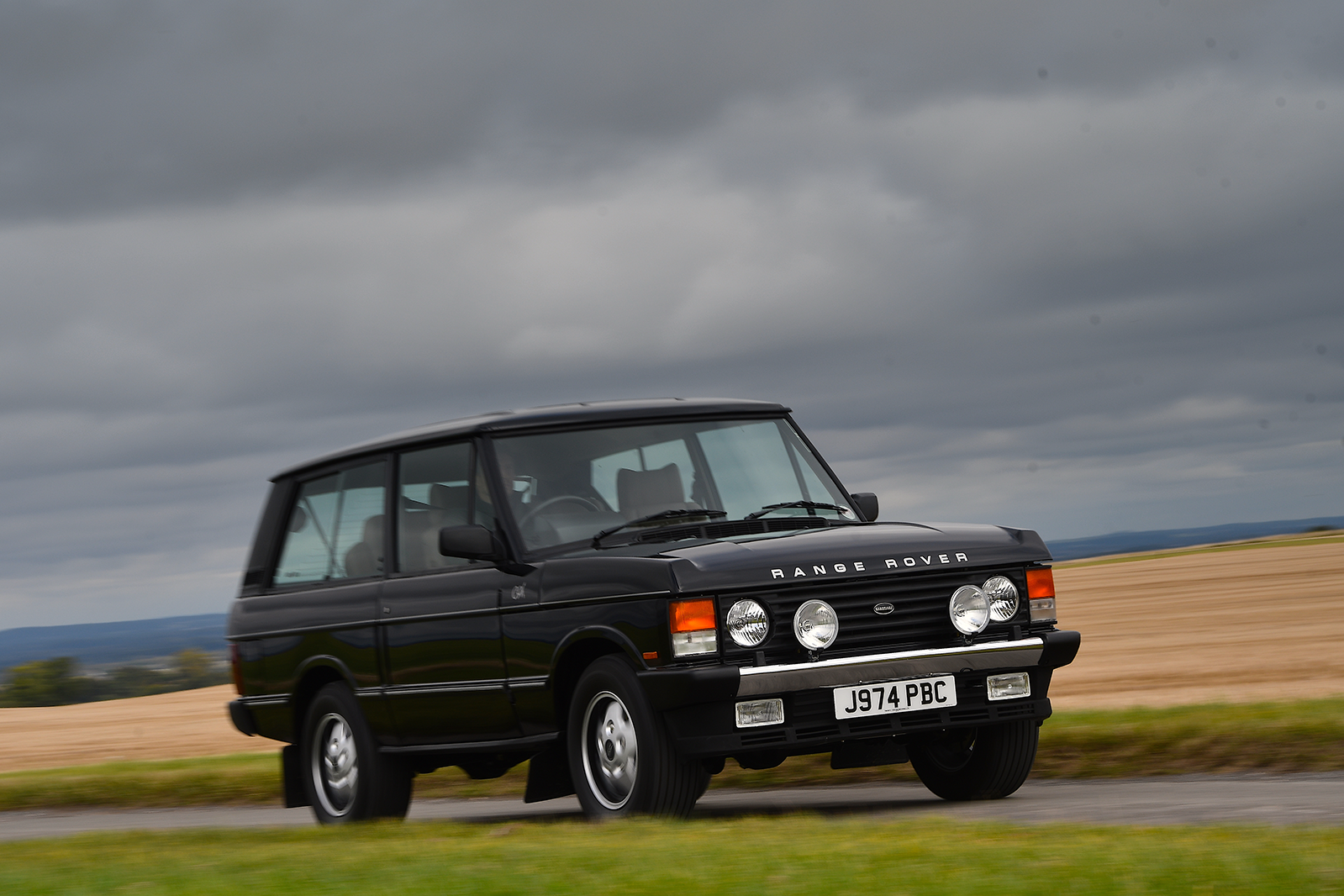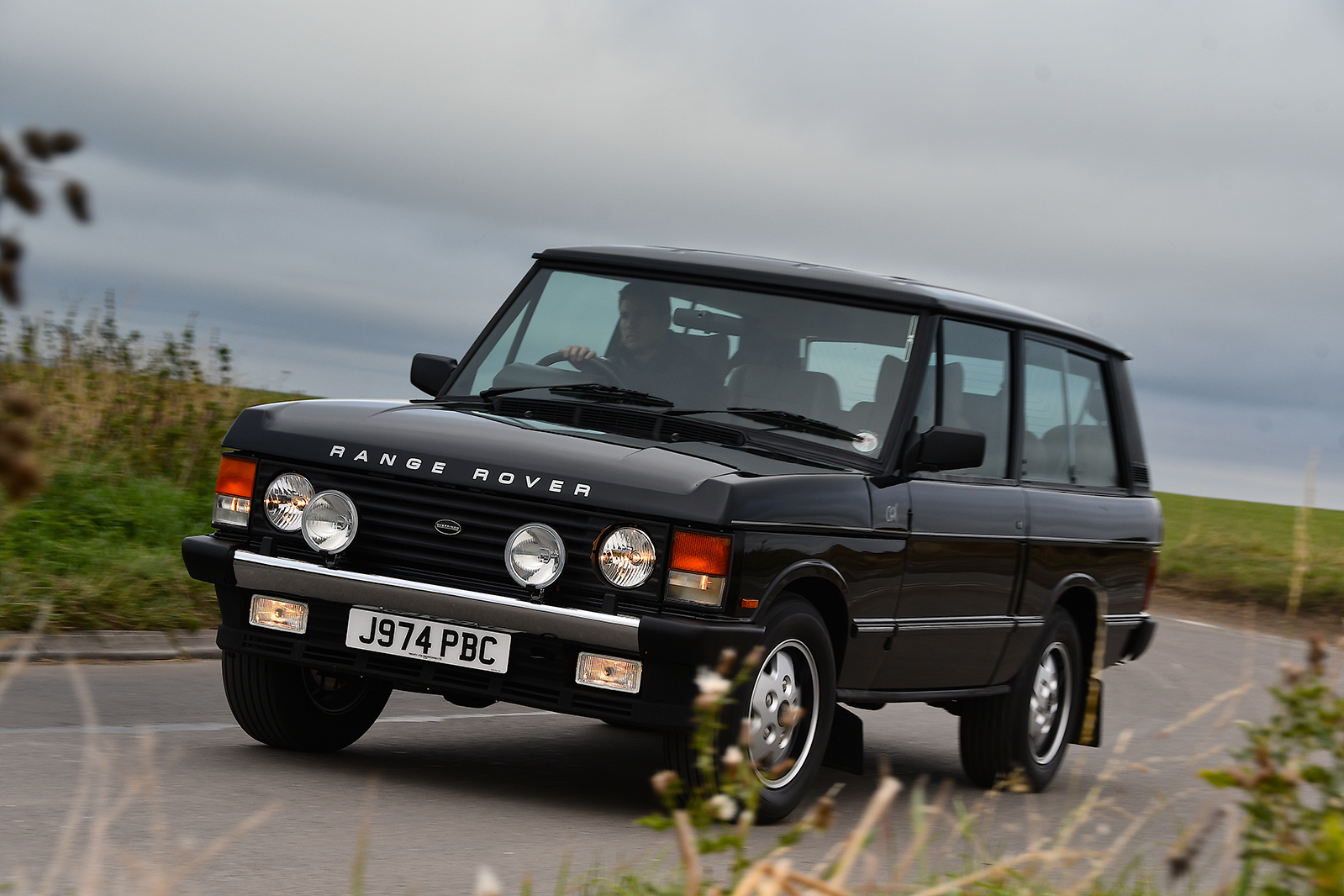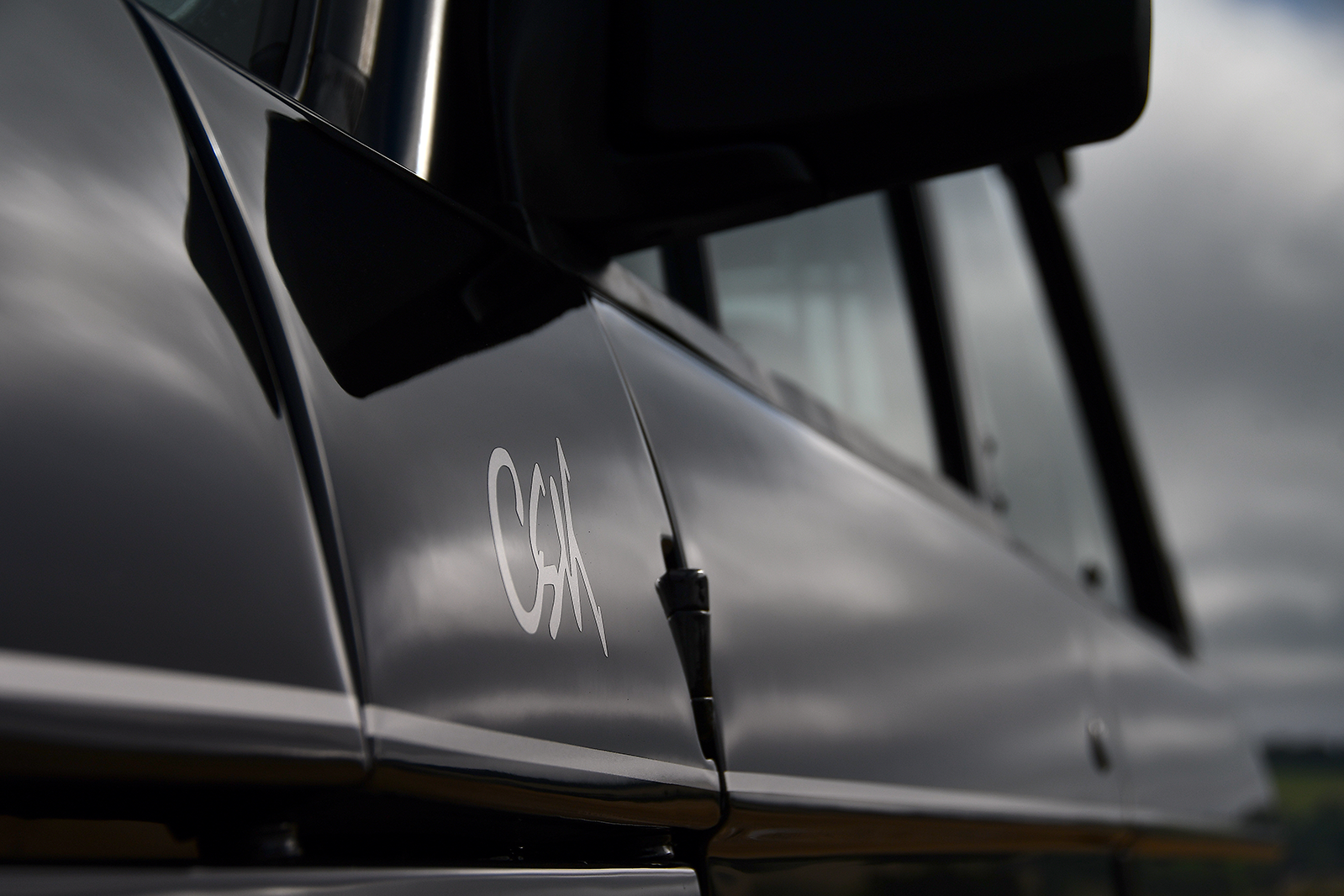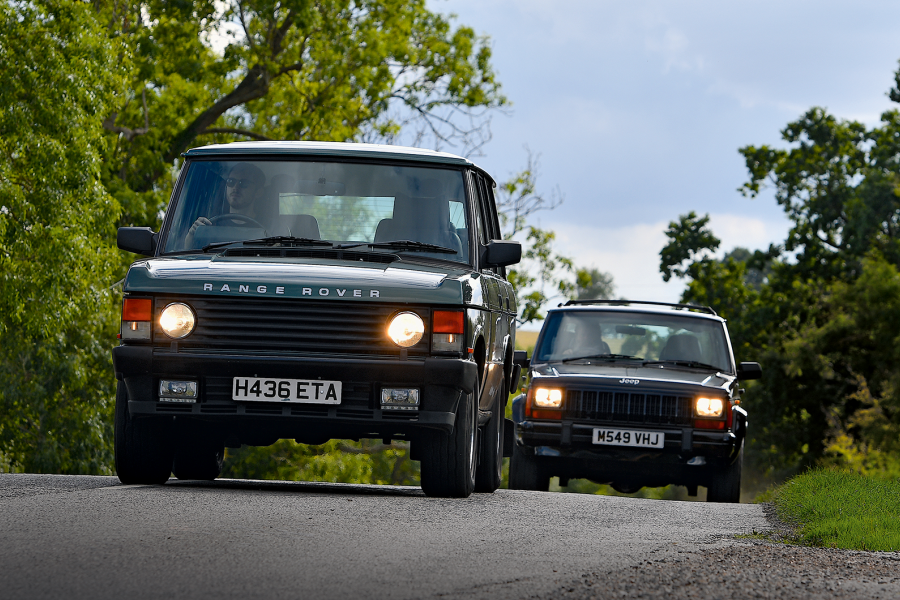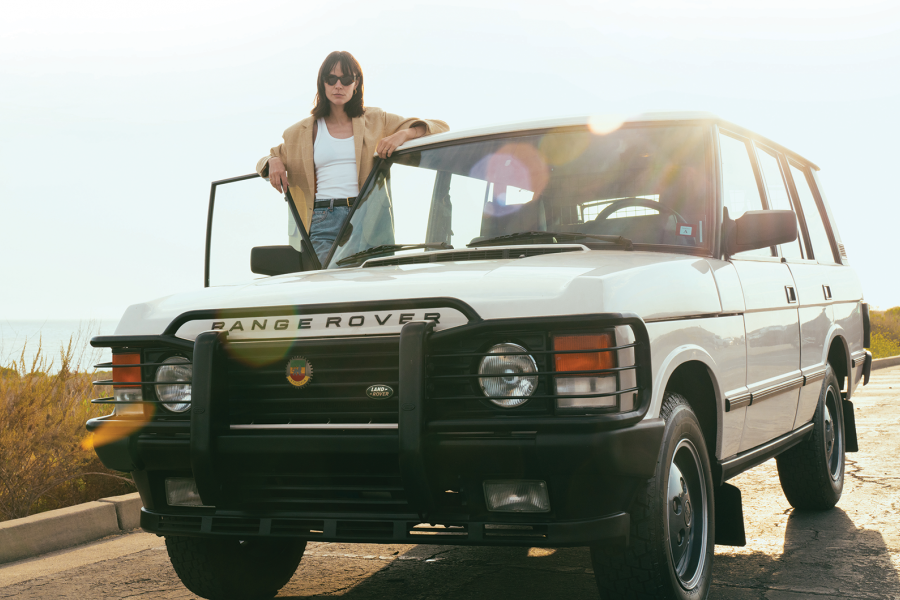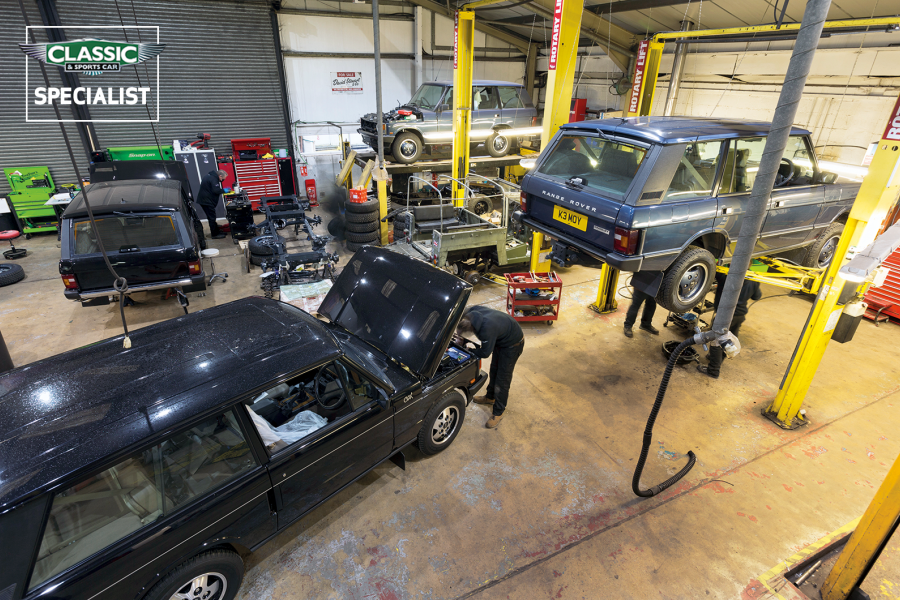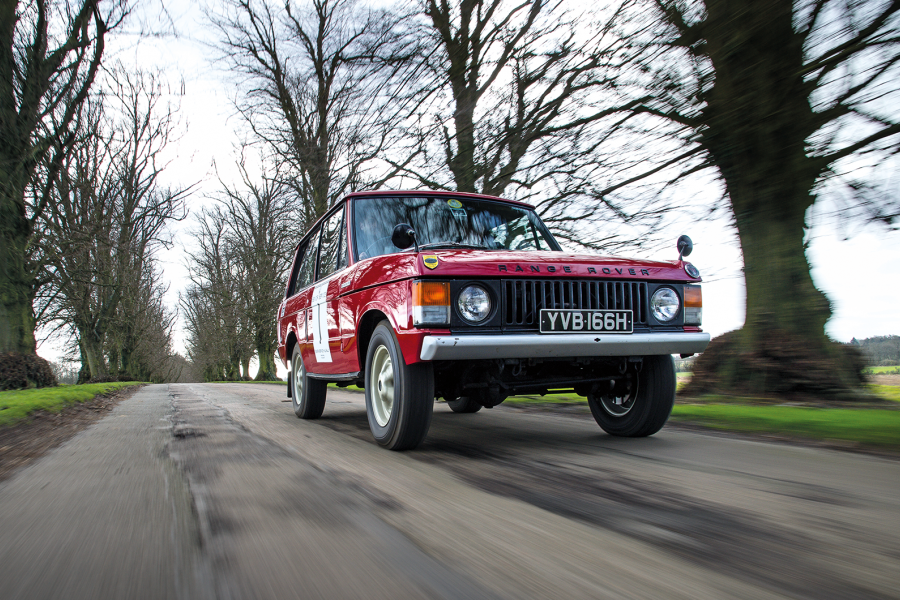The brakes are light and powerful (too light for me), and the short-throw, saloon-car-like gearchange is a revelation compared to the long-throw, light commercial feel of the old four-speeder.
Parts supply can hamper restoration of these models
The finish in this particular car is better than new, but then expectations are high with these vehicles today.
Typically, Holland is restoring classic Rangies for people who want a two-door to go with their modern version because they fancy turning up to a shoot in something different.
The truth is, this CSK is likely to be the cheapest car in its next owner’s collection.
Something about the construction of the Range Rover tends to imply that they are like giant Meccano sets to restore, but that is not really the case.
All CSKs are painted Beluga Black and trimmed with beige leather
“Even standard cars are quite involved,” confirms Holland, who has three CSKs of his own, “but with these you have the added complication of all the extras, such as the electric roof and the central locking.”
Surprisingly, parts supply is patchy, too. “A lot of the time, ‘new’ parts are not really new – they have just been in a box for a long time,” says Holland, “and people are not prepared to tool up for stuff.
“Secondhand bits are okay if you are just putting together a usable car, but you can’t use them on a £100,000 restoration.”
At nearly £30k apiece, and with no choice of livery other than Beluga Black with beige leather, CSKs were not an easy sell 30 years ago, when most buyers really wanted high specification four-door Range Rovers.
Today, as the rarest, fastest and most sophisticated of the two-doors, the CSKs are a cult within a cult, and a lot easier to find homes for – even at the £150,000 being asked for this one.
Images: John Bradshaw
Thanks to Walt Motor Company and Twenty-Ten Engineering
Factfile
Range Rover CSK
- Sold/number built 1991/200
- Construction steel chassis, steel and aluminium body
- Engine all-alloy, ohv 3947cc V8, with electronic fuel injection
- Max power 185bhp @ 4750rpm
- Max torque 235Ib ft @ 2600rpm
- Transmission five-speed manual or four-speed automatic, 4WD
- Suspension live axles, long-travel coil springs, anti-roll bar and Boge self-levelling units f/r
- Steering power-assisted recirculating ball
- Brakes ventilated front, solid rear discs, with servo and ABS
- Length 14ft 8in (4470mm)
- Width 5ft 10in (1778mm)
- Height 5ft 10in (1778mm)
- Wheelbase 8ft 6in (2590mm)
- Weight 4435Ib (2012kg)
- Mpg 15-21
- 0-60mph 9.5 secs
- Top speed 114mph
- Price new £28,995
- Price now £50-150,000*
*Prices correct at date of original publication
READ MORE
Flat-out in a unique rally Range Rover
Luxury on the farm: Range Rover vs Mercedes G-Wagen
Estates of mind: Triumph PI Estate vs Range Rover
Martin Buckley
Senior Contributor, Classic & Sports Car
